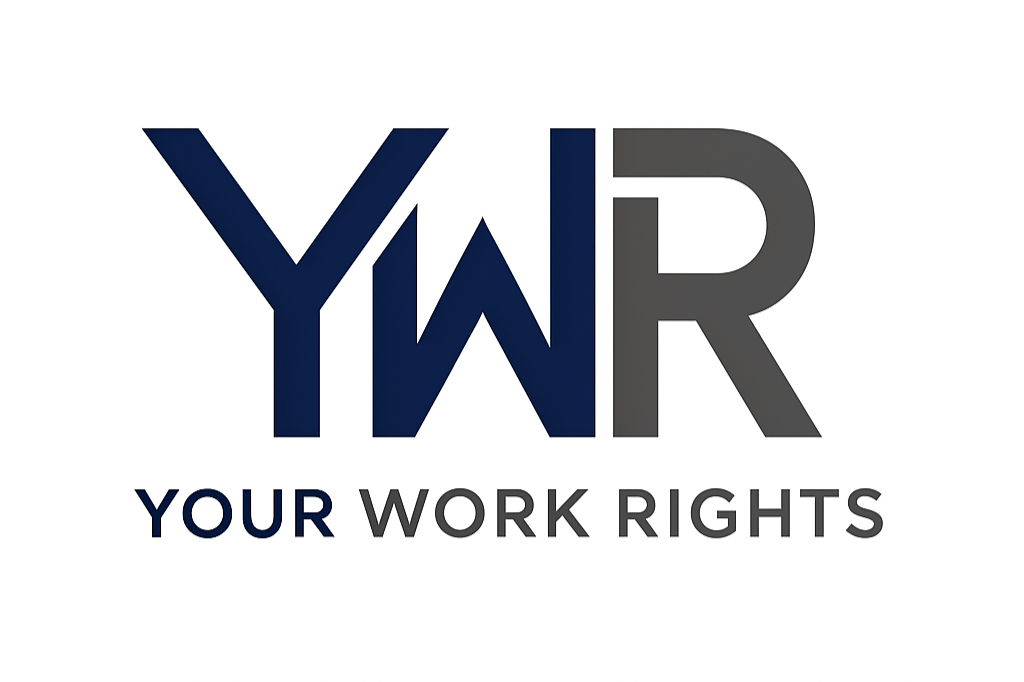ACAS Early Conciliation: A Strategic Guide
Before you can make a claim to an Employment Tribunal, you are legally required to start a process called ACAS Early Conciliation (EC). On the surface, it’s a free service to help you and your employer settle a dispute. However, it is also a strategic battlefield where employers may use specific tactics to their advantage.
This guide explains the process, the critical timelines, and the traps to watch out for.
1. The First Step: Starting Acas EC and "Stopping the Clock"
The most important rule in employment law is the strict time limit for making a claim, which is usually three months minus one day from the date of the incident (e.g., the last act of discrimination or your date of dismissal).
Contacting Acas is how you protect this time limit.
The "Stop the Clock" Mechanism: The day you submit your EC form to Acas, the clock on your tribunal time limit is paused. It only restarts when Acas issues an EC Certificate. This gives you a safe window to negotiate without losing your right to make a claim.
A Timeline Example (August 2025):
Date of Dismissal: 10 August 2025
Original Tribunal Deadline: 9 November 2025 (3 months minus 1 day)
You contact Acas on: 1 October 2025 (The clock stops)
Conciliation ends and Acas issues a certificate on: 12 November 2025 (The clock restarts)
Your new deadline: The clock was stopped for 42 days (1 Oct - 12 Nov). Your new deadline is not simply 9 November plus 42 days. The rules are complex, but you get at least one extra month from the date the certificate is issued. The certificate itself will state your new final deadline.
Action: Go to the Acas Website to start the process online. You will need your employer's full legal name and address.
2. The Conciliation Period: What to Expect
Once you submit the form, a neutral Acas conciliator will be assigned to your case. The process lasts for up to six weeks.
The Conciliator's Role: The conciliator cannot take sides or give legal advice. Their job is to act as a go-between, passing messages and offers between you and your employer to see if a settlement can be reached.
The Conversation: You will speak to the conciliator, and they will speak to your employer. You will rarely, if ever, speak directly to your employer during this process.
3. Employer Tactics: What to Watch Out For
This is where you need to be strategic. Employers and their lawyers often use EC to gain an advantage. Here are the common tactics.
Tactic 1: The "Fishing Expedition"
What it is: The employer will use the conciliator to ask you questions about your case to gauge how strong it is, what evidence you have, and how determined you are, all without revealing their own defence.
Your Defence: Be clear and confident about the basics of your claim (e.g., "This is a claim for unfair dismissal and race discrimination"). You do not need to provide them with all your detailed evidence at this stage. You can say, "I have a detailed chronology and supporting documents ready for the tribunal bundle."
Tactic 2: The Lowball Offer
What it is: The employer makes an extremely low financial offer at the start. This is a common negotiation tactic designed to make you question the value of your claim and anchor your expectations at a low level.
Your Defence: Ignore the first offer. Have your own valuation in mind (e.g., based on your loss of earnings and an estimate for injury to feelings). State calmly to the conciliator, "That offer does not reflect the seriousness of the claim or the financial losses I have incurred."
Tactic 3: The Delaying Game
What it is: The employer will be slow to respond and use up the entire six-week period, often only making a slightly improved offer on the final day. This is designed to wear you down and pressure you into accepting a poor deal out of sheer exhaustion.
Your Defence: You are in control. If you feel the employer is not negotiating in good faith, you can tell the conciliator you wish to end the process and ask them to issue the certificate.
Tactic 4: The One-Sided Confidentiality Clause
What it is: Any settlement will require you to keep the terms and the dispute confidential. However, employers' first drafts often only place this obligation on you, allowing them to speak about it freely.
Your Defence: Insist that the confidentiality and non-disparagement (not speaking badly of each other) clauses are mutual.
4. Reaching a Settlement: The COT3 Agreement
If you do agree to a deal, it will be formalised in a legally binding document called a COT3 Agreement. Once you sign this, you cannot bring the claims it covers to an Employment Tribunal. Before signing, ensure it includes everything you have agreed to, especially the exact wording of your future job reference.
5. If No Settlement is Reached
If you can't reach an agreement, the conciliator will close the case and issue an Acas Early Conciliation Certificate. This certificate contains the crucial reference number you need to submit your ET1 Claim Form to the Employment Tribunal. The certificate will also clearly state your final, new deadline to submit your claim.
Your next step: [The Employment Tribunal Preparation Toolkit]
